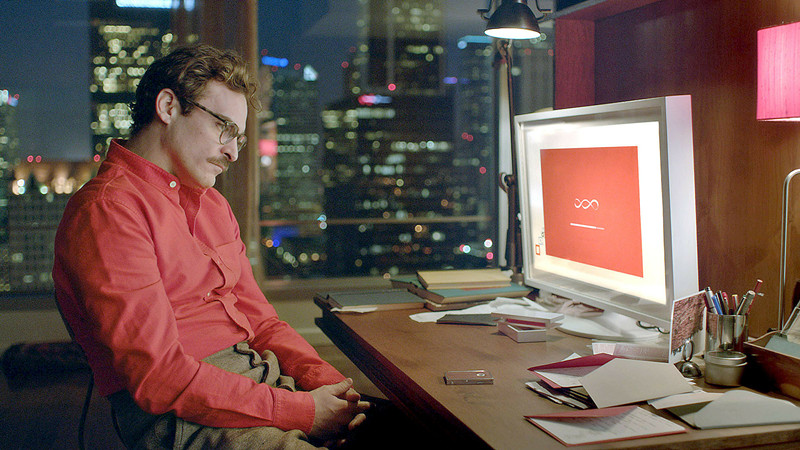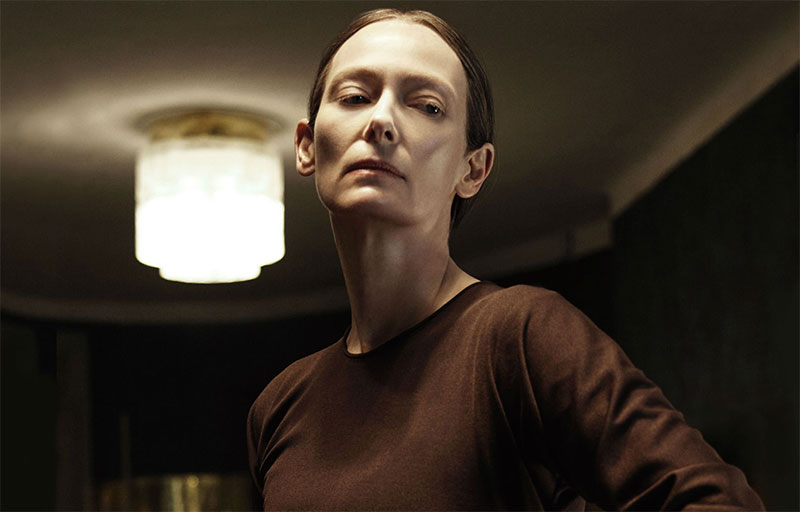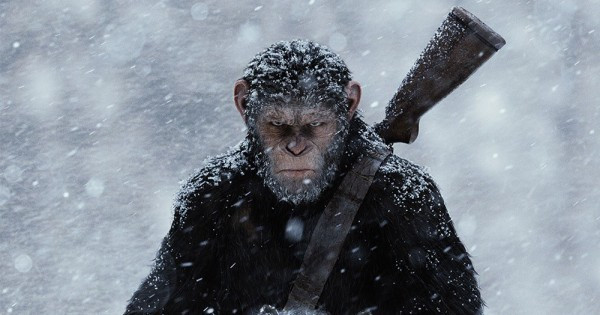6. Best Title Sequence

Title sequences are often outsourced to third-party companies who work on them separate from the main unit. As a result the best ones can represent a kind of film in and of themselves. Starting credits serve as a prelude to the main event, a summation of the different themes one can expect, while highlighting the talent involved.
End credits also represent an opportunity for films to go out on a high note, often used in comedies to keep people engaged with something even though it is basically over. This is especially important in today’s superhero landscape, as the mid-credits sequence has become an event in and of itself.
This category might be best for animated films to pick up extra nominations, as they often use a variety of different animated techniques during credits sequence. The most obvious recent examples would be the endings of Spider-Man: Into The Spider-Verse and Incredibles 2.
7. Best Location Scouting

Movies can live or die by their locations. Whether its wide-open vistas or abandoned gothic mansions, finding the right place to set the action can help to elevate the themes of many a film. This is thanks to the work of a location scout, who tirelessly checks out a variety of different places to figure out which one is perfect to set the action.
It is not only about trying to find somewhere that is perfect in an aesthetic sense, but a place where electricity can be brought in, a base of operations can be established, there is enough light, the necessary permissions have been sought, and remains within the production budget.
It’s a tricky balance that’s not just about finding a place that looks cool. These locations do not pop up out of nowhere, and require time and dedication to find, yet location scouts are often ignored for their incredibly hard work. It’s time for their efforts to be acknowledged.
8. Best Voiceover Work

Voiceover work may seem easier than traditional acting, but it actually requires a much more expressive vocal palette than a normal role. While the animators provide may character movement, everything the actor brings can be conveyed only via voice. This is a difficult skill to master, and hardly a worthwhile one, jobbing voiceover actors often paid a lot less than normal actors.
Additionally, the Best Voiceover Work could include its use in documentaries and narrative fiction, as long as the person providing the voiceover was not in the action itself. Voiceover might be unfairly maligned as telling and not showing, but it remains a fair narrative technique that can illuminate the work of cinema in question. Nonetheless, to date the only actor to have ever been nominated for a voiceover performance is Eddie Murphy in Shrek. It’s time for the skill to have its own dedicated category.
9. Best Trailer

From TV spots to three minute commercials that premier on YouTube, trailers are an essential part of getting people hyped for a movie. Often using footage from a film that isn’t even finished yet, trailer editors have to sell the final product to cinema-goers often spoilt for choice.
Yet trailers are often dismissed as that thing you see while waiting for the main attraction to start instead of works of art in their own right. This isn’t fair, as trailers must distill the essence of a film within the fewest frames possible. This takes a lot of effort in order to get right.
Some trailers are even better than the film themselves, and should be praised as something perhaps even separate from the film they are promoting. And with many trailers often copycat versions of each other — way too many still using that same Inception-inspired horn sound — perhaps the very presence of an award would force producers and trailer-makers to really up their game.
10. Best Motion Capture Performance

Motion capture performance, for those who don’t know, is when an actor wears markers on their skin or on a skintight suit, and records different movements which are then translated into a digital character. This is to give animated creatures a realistic effect. It is difficult acting work, requiring vast amounts of patience and the ability to create animal-like movements. A new hybrid form of performance, it is becoming more and more popular since the rise of CGI-led cinema.
The best example is Andy Serkis. Playing Gollum in The Lord of The Rings Trilogy, Caesar in The Planet of the Apes reboot and Lord Snoke in The Force Awakens and The Last Jedi, has put in some incredible shifts with his motion capture work, but he has yet to score a nomination for any of his performances.
A motion capture award would help to recognise his work and others like it as the result of genuine talent. A move like this would also announce the Oscars to be somewhat ahead of the curve. After seeming out of touch for so many years — and trying to rectify that with a misguided Best Popular Film Category — recognising an emerging field such as Motion Capture Acting would really put them back in the right place.